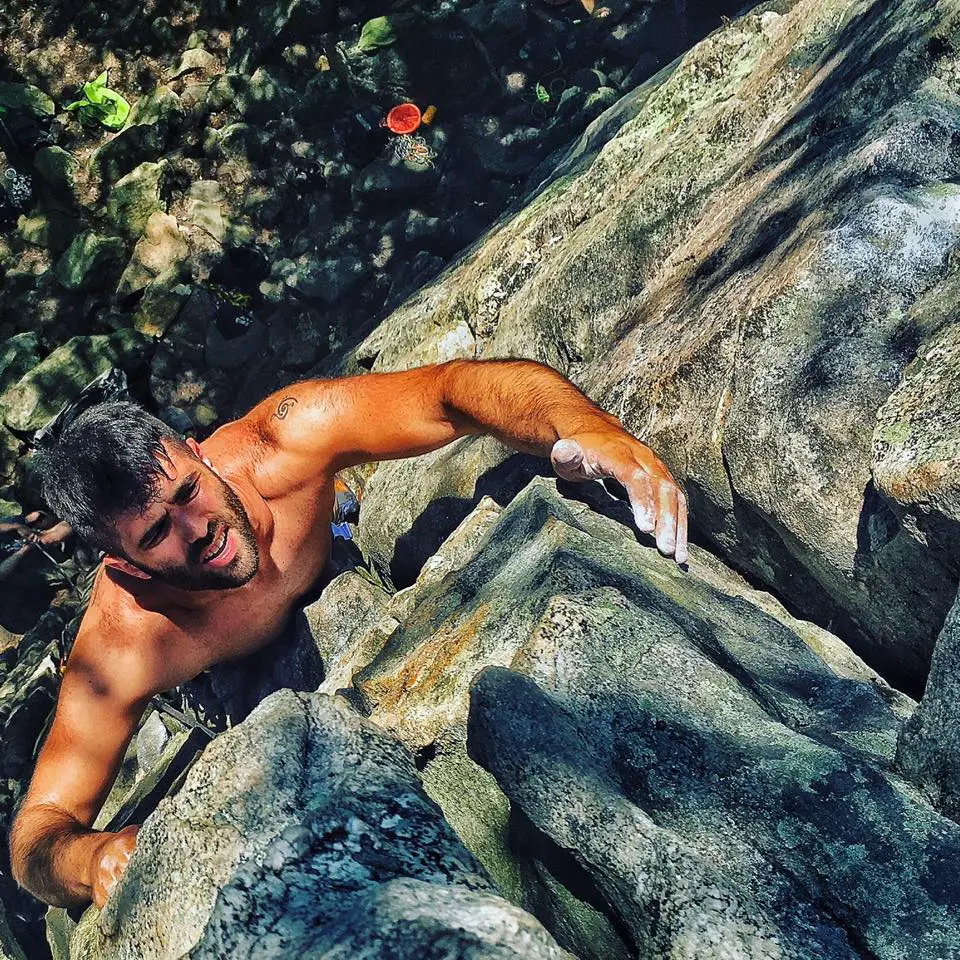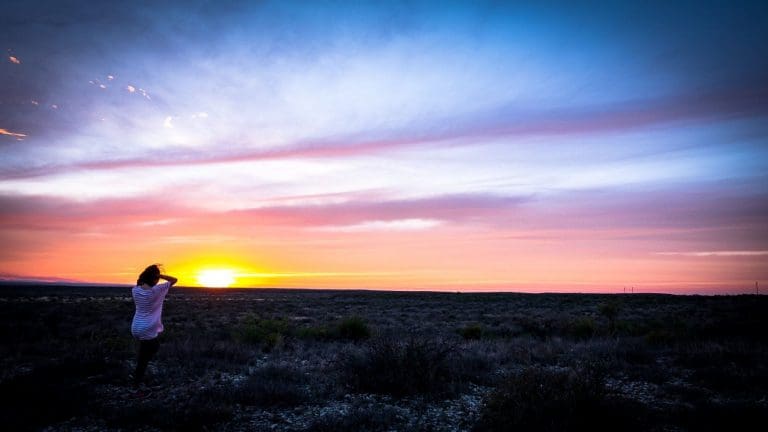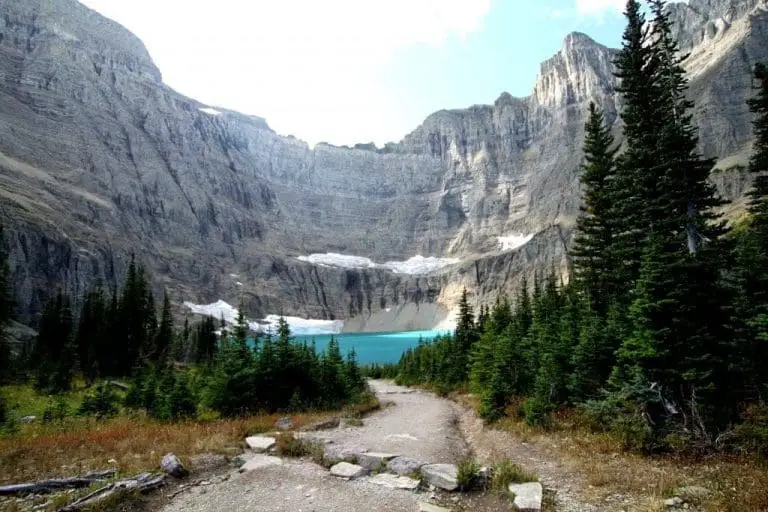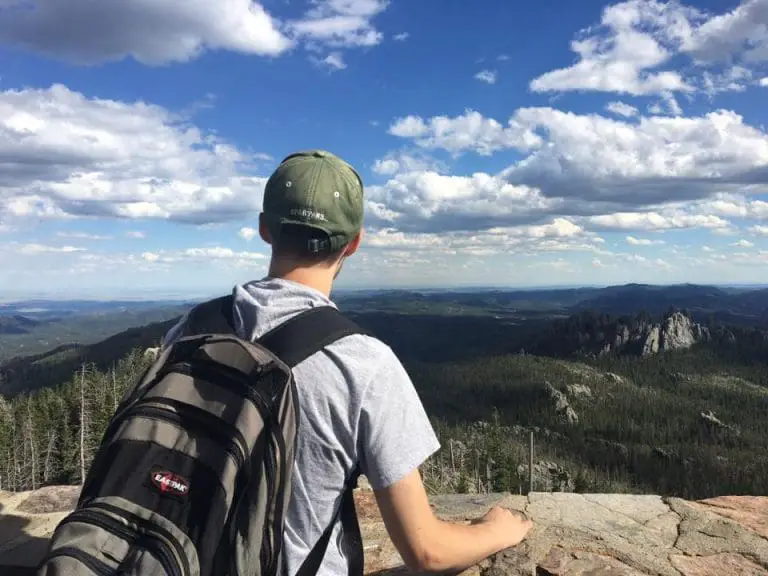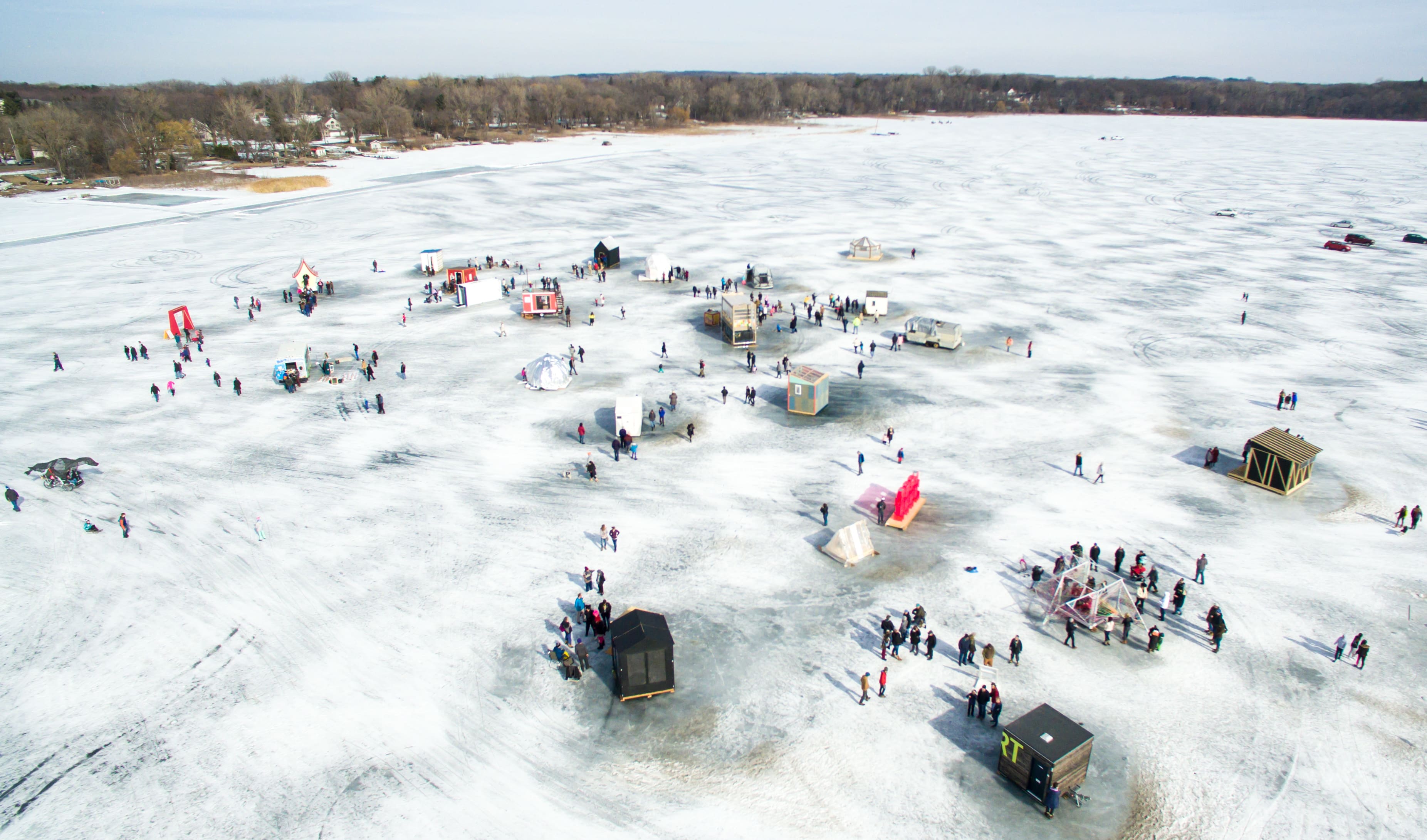Climbing and Fear Management
I was on a no-name, easy climb in Maryland. I was trad climbing, meaning that I was on rope and I was placing protection as I climbed. If I were to fall, I would be caught by the gear I placed. The air around me was oppressive, a solid 90 degrees Fahrenheit, beads of sweat ran down my forehead and stung my eyes. I blinked them away and took a strong stance, giving myself a solid moment to rest. I pulled a Black Diamond #2 camalot off my harness and placed it in a vertical crack. It bit into place. ‘A solid placement,’ I thought.
It had been twenty feet of easy climbing with another thirty on the to-do list. These fifty feet would make a fine warm-up, and then I could move on to some harder climbs. I climbed to another comfortable spot and looked at the granite in front of me- nowhere to place anything. Only about five feet above my last placement, I decided to keep climbing. Another comfortable spot, another barren wasteland of blank rock.
It was at that point I started to feel a twinge of something in my gut, an uneasiness worming its way into my contentment. I climbed to another rest spot, and again, nothing. I was now about twenty feet above my last placement, ten feet from the top. If I fell, I was falling a solid twenty-five feet onto gear I had confidently placed, but twenty five-five feet of fast-moving force on anything will make you doubt it. It was at this moment that I felt that uneasiness evolve. That twinge, that brief piece of something I was feeling, became a full-blown emotion. I was afraid.
Fear, Climbing, and the Mind
Fear is often thought of a sort of oppressor, an entity of malice, that holds us down and back, but at what point does fear drive us forward? We can look at fear as an evolutionary tool. Fear, in the earliest days of humanity, kept us away from things like predators, dangerous situations, and even cliff-sides. A working definition could look something like; an emotional reaction intended to make us aware of danger. Fear is, in fact, an emotion; one that can come up full-bore in less than a second and elicit complete paralysis of our being. In climbing, fear must be tactically managed in order to allow for progress. I will not say canceled out, because that is not possible. Quite simply, the mind is an abstraction, one of which we are not wholly in control of at any given time. Much like a mountain, if fear wants to take us, it absolutely can.
Managing the Moment
So what does it mean to manage fear in the moment? What does one have to do to keep moving through this unpleasant, sometimes painful emotion? I believe the answer to this question to be different for everyone. For many people, the necessary management tactics may take place off the wall in the form of breathing exercises and meditations, actions the likes of which can be tapped into at any given moment with enough practice, including in times of distress mid-activity. Some people talk to themselves, even scream at themselves. I climbed with a guy who would simply try to get himself psyched past the fear, he would scream out loud at hard moves in an attempt to drown it out. Eventually, his external verbal response became an internal response, and he would just make the moves. This was Dan being aware; this was Dan managing the moment.
Awareness of oneself, in the moment, is key. Climbing is a chess match, and if an individual doesn’t understand their strategy, they will never get any of the things that will beat them in check. In looking at management strategy, one must strive towards an understanding of the self in the hardest, most trying of moments. One must adapt and acquire fear as a friend, almost make plans with it before it drops by to say hey, and sometimes even hang-out.
Simple versus Complex Fear
This isn’t to say all fear is an all-encompassing entity that will consume someone into paralysis. There are small, simple fears. Twinges one can get that simply makes them more aware, this is the good side of fear, often the simpler of fears. This is the kind of fear that causes us to do things like double-check our redundant systems and place gear with focus. Thusly, it is this fear that is to be embraced, channeled, and focused into productivity. This is the kind of fear that drives us forward in a risk-managed way and allows us to access the best of our ability.
Complex fear, that true, full-blown fear that wrecks us, must be approached in a similar kind of embrace. True fear can blind us from the potential solutions that sit right in front of us. If we become an active participant in the complex fear and don’t just passively let it fall on us, we can direct it. We can point it towards our goal and use it. We can move up.
Climbing in Maryland
I took a breath and took stock of where I was at. I reveled in a treasured moment of clarity as I looked down. Twenty-five feet over a cam, this was not an ideal place to find myself. Taking another breath, a deep one, I looked to my left, ‘a vertical crack!’ I traversed, and found nothing of consequence, nowhere to place anything. I traversed back right and shook an arm out. Leaning back, I stretched my arms. Pulling in, I reached up and found a good hand. I stepped, and over the ledge, I found a perfect spot for a #2 cam. Placing it, I moved up. I took what stopped me and made it work for me. I directed what consumed me towards productivity. “Man,” Sherrie said as I topped out, “you were climbing on nothing!”
“Yeah,” I shook my arms out. “Hell of a warm-up…”
Just like climbing, hiking can push one to their limits both physically and mentally – Don’t give up because of fear
Learn more about Climbing and Fear Management
These are the top selling books available on climbing, fear management and the mind. Check them out!
We love hearing about your comments and suggestions. Let us know what you think or how you overcame fear and climbed your challenging climb by leaving a comment below.
How do you handle fear management while climbing? Leave your comments below.

